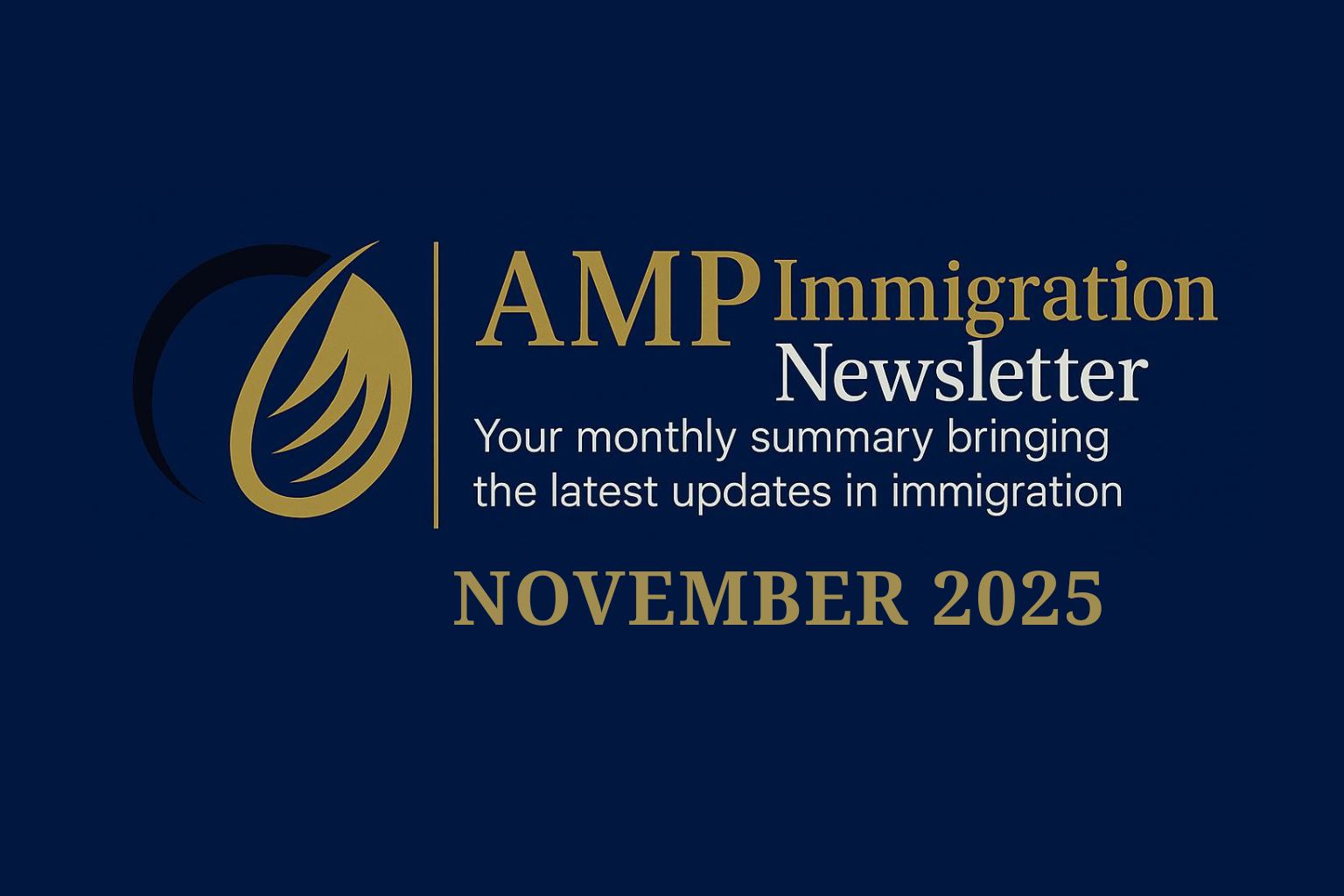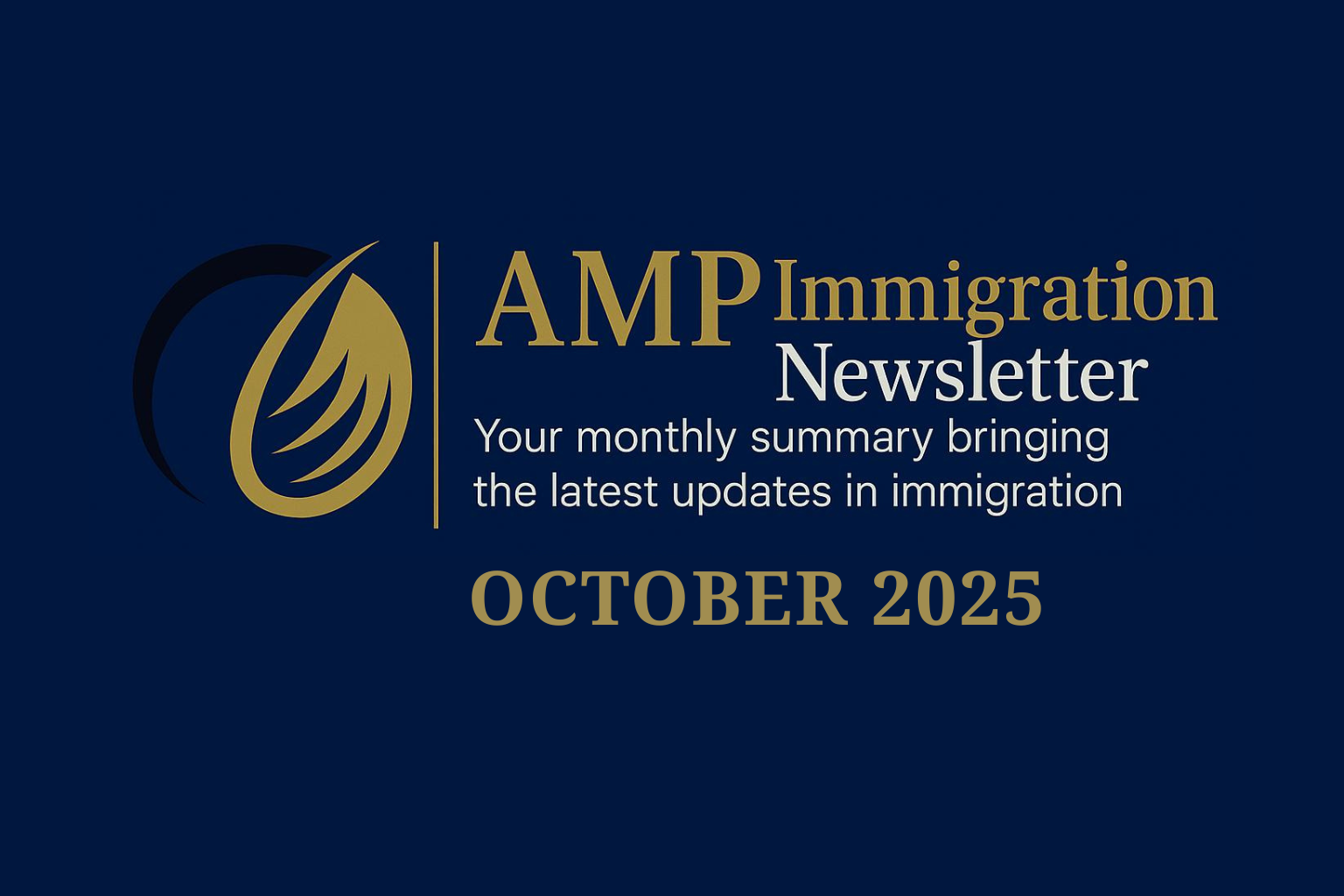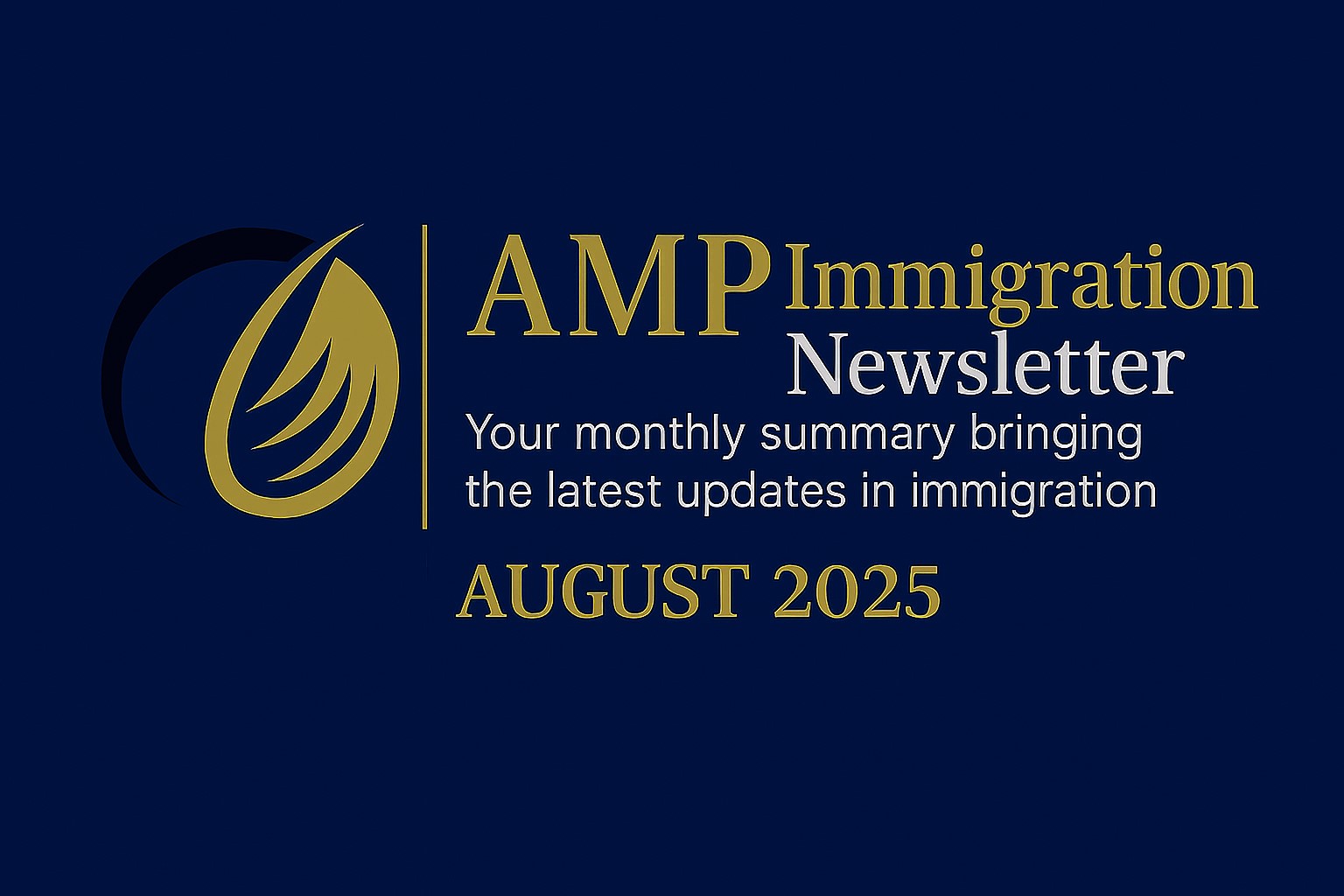In 2023, the Biden Administration began a process that allowed certain nationals of Cuba, Haiti, Venezuela, or Nicaragua to enter the United States through Humanitarian Parole. In an effort to curb illegal entries to the United States, and recognizing the dire need for many persons from these countries to leave difficult situations in their home countries, the humanitarian parole process allows for temporary entry and employment authorization in the United States. If you are a citizen of Cuba, Haiti, Venezuela, or Nicaragua, here is how you may seek to benefit from this program…
For starters, you must be outside of the United States and a national of Cuba, Haiti, Venezuela, or Nicaragua, and with a valid passport. If you are not a national of one of these countries, you may still qualify if you are the spouse or unmarried child under the age of 21 of a national of one of these 4 countries. For example, if you are a citizen of Mexico but you are married to a Cuban citizen and you’re living outside of the U.S., you can apply for this parole program so long as you’ll be traveling together and your Cuban citizen spouse receives parole. BUT, if your Cuban citizen spouse also has Mexican citizenship, neither of you will be eligible for this program because of your Cuban spouse’s dual nationality.
In addition to meeting the citizenship requirement, you must have a sponsor in the United States to start the process. This sponsor doesn’t have to be a U.S. citizen, but must have lawful status in the U.S. or be with parole or deferred action. If you know someone that is a U.S. citizen, a Lawful Permanent Resident, a nonimmigrant (such as with F1 student status), an Asylee or Refugee, a TPS holder, or a
DACA recipient, they may serve as your sponsor.
The sponsor must be able to document their status, be able to pass a background clearance, and have sufficient financial means to support you. Once you find someone that is willing to serve this role, they will initiate the process by creating an online U.S. Citizenship and Immigration Services (USCIS) account and filing Form I-134A. If you have a spouse or child that will be traveling with you, a separate I-134A must be filed for each person. With the I-134A form, it is necessary to include evidence about the financial ability to support you, including an explanation of the type of support to be provided. Because the sponsor is agreeing to “receive, maintain, and support” the beneficiary, the sponsor must specifically account for how this is possible. But the sponsor doesn’t have to take all the responsibility for him or herself. Meaning that multiple people can agree to help, and even organizations and businesses can agree to help. For example, if your friend, Mariam, lives in the United States with Temporary Protected Status (TPS), she can be your sponsor. But maybe she only makes $20,000 a year and doesn’t think she can pay for your housing, food, and transportation. But, Mariam knows a local community organization that is offering to help provide housing and food. And Mariam also has a friend that is offering to help you find a job and provide $250 in support per month, until you get to the U.S. and get a work permit and job. In this situation, Mariam will file and sign the I-134A form, but she will include with it an explanation from herself, the local community organization, and her friend, each explaining how they will provide for you once you arrive to the United States. Along with these letters of explanation, it is a good idea to provide other documentation that evidences the ability to provide the resources that were offered, such as photos of the available housing or a deed of title from the community organization, and tax returns or bank statements from Mariam’s friend.
Once the I-134A is filed and submitted online, USCIS will review it, check for the criminal clearance of the sponsor, and make a determination about whether to authorize the sponsorship. This part of the process may take several months or more. Then, assuming the sponsor is confirmed, you will receive an email from USCIS with instructions about how to create your own online USCIS account. You’ll create this account and confirm the information about yourself and your qualifications. In doing so, you will confirm that you have all required vaccinations to enter the U.S., including vaccinations for Measles,Polio, and COVID-19.
After you confirm the information with USCIS, you will receive instructions in your new online account about how to access the CBP One app on your phone. You will enter your personal information into the application and provide a photo of yourself. Once all information is entered into the CBP One app, you will wait to receive notice about whether Customs and Border Protection (CBP) has decided to authorize you to travel the United States to request parole at a port of entry. Assuming CBP has decided to grant you this opportunity, you’ll receive travel authorization that is valid for 90 days. You must enter the United States during those 90 days, traveling by air to an internal port of entry. It is at that port of entry that you will request parole.
Once you arrive by plane to a receiving airport in the United States, you will meet with a CBP officer who will run your fingerprints for a background check and you will provide an explanation and documentation for the reasons why you are seeking parole into the U.S. It is advisable to have your explanation and documentation well-prepared and easy to understand so that you can simply and quickly present it to the officer when you are at the airport. For example, maybe the circumstances in your home country caused you to lose your job or your housing, maybe it is no longer safe there for your children to attend school, or maybe you are no longer able to freely express your political or religious beliefs in your home country. Be prepared to clearly express your personal reasons for leaving your home country and seeking temporary entry into the U.S.
If the officer agrees to parole you into the United States, you will typically be allowed entry for a two (2) year period and you will be eligible to apply for a work permit. It is a good idea to apply for that work permit as soon as possible, by filing Form I-765. Remember also that you are required to update your contact information (phone number, email, and physical address) with USCIS if it changes after you enter the United States. You can do this through your online USCIS account that you created during the application process.
Who Is Not Eligible For This Process?
- If you fail the security clearance
- If you are unable to demonstrate that the U.S. government should exercise its discretion in your
favor - If you have been ordered removed from the U.S. in the last 5 years
- If you are subject to a bar based on a prior removal order
- If you entered the U.S. illegally and not at a port of entry after October 19, 2022 for Venezuelans
and after January 9, 2023 for Cubans, Haitians, and Nicaraguans - If you are Cuban or Haitian and were intercepted at sea trying to come to the U.S. after April 27,
2023; or - If you are under 18 years of age and not traveling with a parent or legal guardian
Sources:
Last Updated: 10.15.2023 (*Note That Immigration Rules, Regulations, And Practices Change Frequently. Make Sure To Check For Updated Information Since The Posting Of This Article.)
NOVEMBER 2025 NEWSLETTER
Annual Asylum Fees Currently Stayed in Court (Las…
Published on 31 Oct, 2025
OCTOBER 2025 NEWSLETTER
Government Shutdown (Cierre del Gobierno) EN: Congress…
Published on 01 Oct, 2025
AUGUST 2025 NEWSLETTER
New Immigration Fees and Enforcement Under the “Big…
Published on 01 Aug, 2025
JULY 2025 NEWSLETTER
Supreme Court Rules on Birthright Citizenship Challenge (La…
Published on 01 Jul, 2025
Trump’s Immigration Executive Actions on Inauguration Day
On January 20, 2025, just hours after the…
Published on 22 Jan, 2025




